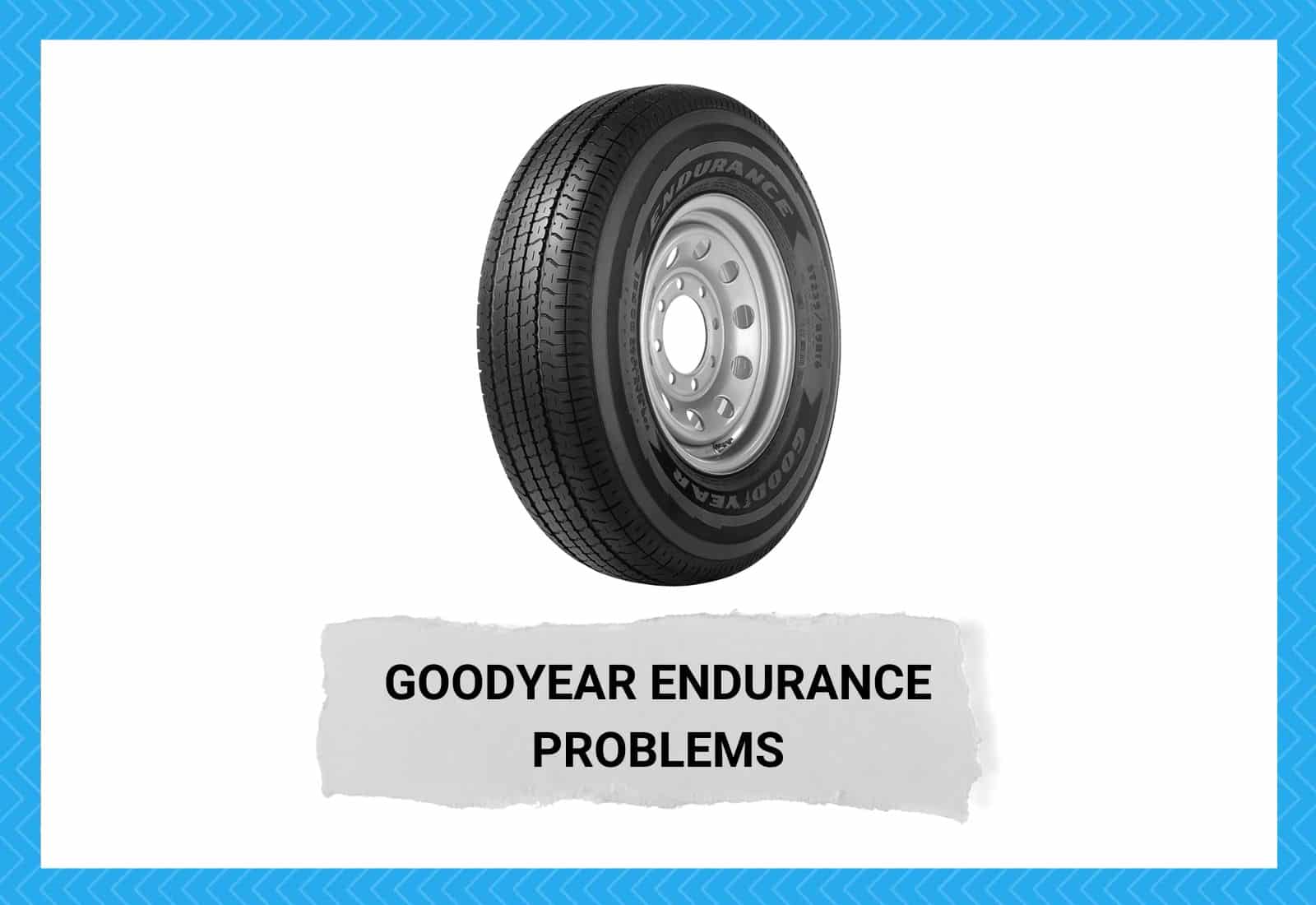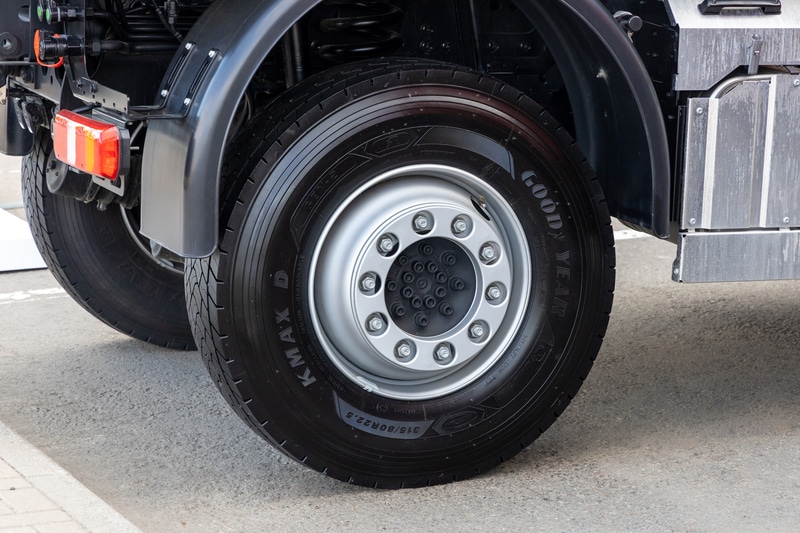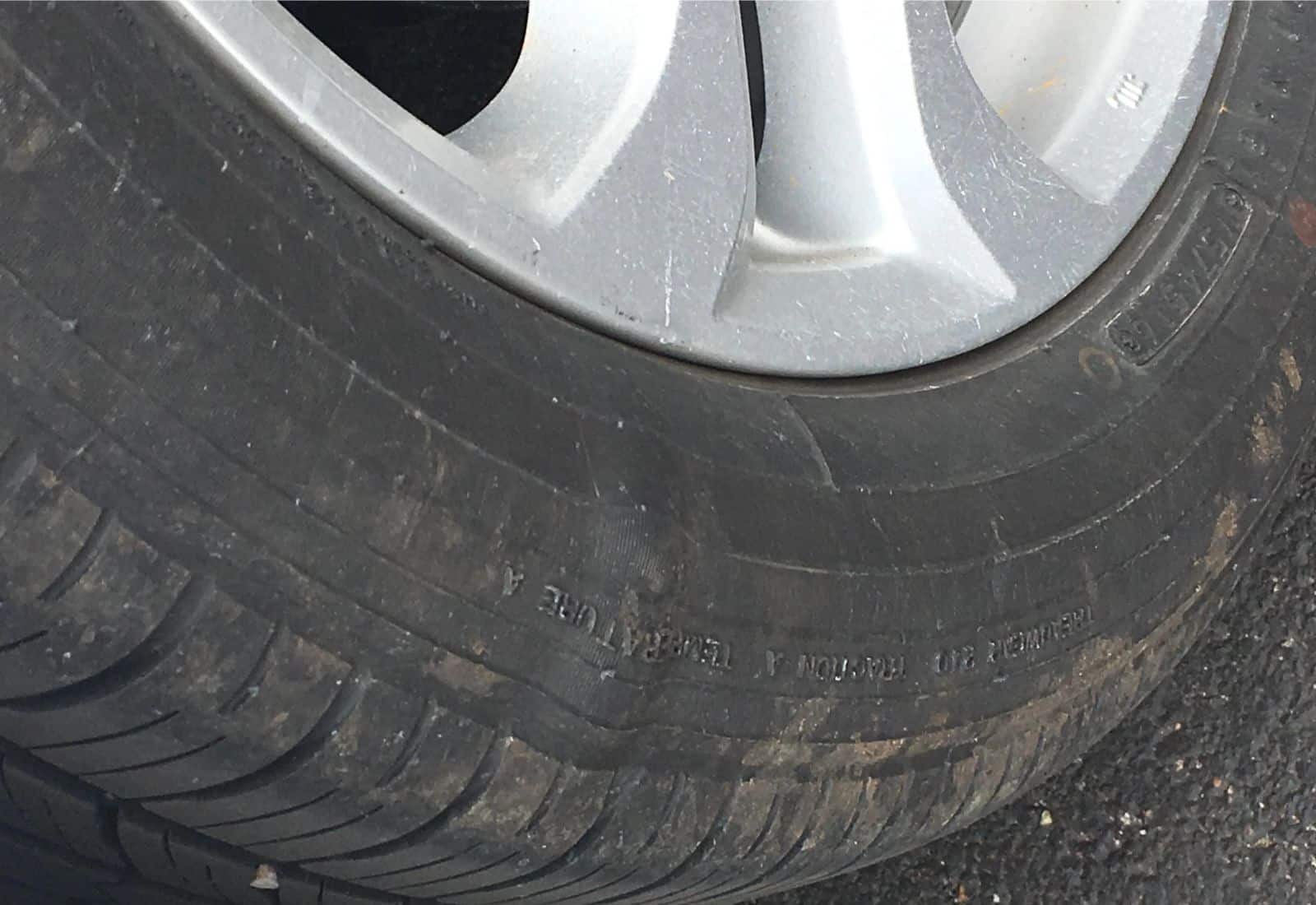
Like other vehicles, recreational vehicles – including travel trailers, fifth wheels, motorhomes, and coaches – come with a specific set of tires when introduced in the market.
You’ll find these tires among the specification highlights as they play a pivotal role in the RV’s unique utility. Unlike typical sedans and SUVs that only require standard tires, RVs need larger, thicker, and more stable tires for stability and surface control.
In fact, the tires tell a lot about an RV’s overall quality and performance. For instance, you know a particular model is substandard if the tires aren’t big enough (or around the minimum capacity) to support its weight.
That’s why it’s crucial to look underneath and closely examine the tires when shopping for an RV. What you’ll find can save you from years of headaches and regret.
But what exactly should you look for in RV tires? What factors should you consider?
Remember that you’re dealing with a vehicle that weighs several tons when fully loaded. It’s also a vehicle designed for off-road travel; terrains can be unpredictable. There’s also no telling what or how tall obstructions on the road will be.
These considerations can give you a good sense of the importance of choosing the correct tires for an RV.
If you’re going to be too technical about it, you’ll come across lots of intimidating jargon, including load range or ply rating and DOT code.
If you don’t want to be confused, bring an experienced RV owner or technician who knows a lot about tires during your search or concentrate on at least four main features.
- Max load per tire – Find out how much weight the tires can carry besides the RV’s weight. Don’t just compare the capacities of different tires. Instead, also consider the weight of the RV and its content. Some RV models have tires that are too small or too big for their gross vehicle weight rating (GVWR). Choose the one with just the suitable capacity to handle your expected load.
- Inflation pressure – You must also consider how much pressure the tires need to run safely while carrying immense weight. As with other tires, RV tires don’t need to be fully inflated. Instead, you should only add pressure to RV tires as you add load. These are the conditions required to avoid a blowout. Choose tires that have more room for inflation than the RV’s GVWR. This way, you can add more load to the RV without worrying about the tires reaching their limit.
- Wheel diameter – This information may indicate several things. For one, it represents ground clearance or how far the vehicle’s underside is from the ground. It gives you an idea of what obstructions you can run over, narrowing your choices of places to visit. For instance, if your RV has low ground clearance, you must cross out hard-to-reach countryside destinations.
- ST or LT – RV tires are classified as “light truck” (LT) and “special trailer” (ST). Both are okay, but ST tires, as the name suggests, are more suitable for fifth wheels and towable trailers. This means they are not used for steering and therefore do not require much tread for traction. But they need to be solid and stable because the weight of the entire trailer is concentrated in them. On the other hand, LT tires are ideal for Class A, B, and C RVs.
You can find these details embossed on the tire wall. So if documents with these details aren’t available, you can check the tires themselves and judge from there.
However, they can be pretty vague, so you must first research what each letter, number, and symbol represents to interpret them correctly.
Goodyear Endurance Tire Problems with Fixes
Founded in 1898, The Goodyear Tire & Rubber Company is one of the longest-running tire manufacturers in the world. They make tires for virtually all vehicles, from automobiles and commercial trucks to RVs and airplanes.
With over a century of innovations, you would think Goodyear products are the most durable ones out there and getting all the good reviews.
In truth, this brand is just like any other tire manufacturer. They, too, get bad reviews because their products also have their share of defects and issues. Unfortunately, these issues affect RV owners since many manufacturers choose Goodyear tires for their products.
One particular Goodyear tire model is Endurance, released in 2017. This tire was initially famous for its promising features, including:
- A steel belt package stabilized by a shoulder wedge, which provides a tougher casing
- Tredlock technology, which further improves stability and irregular wear resistance
- Better sidewall composition to increase fuel efficiency and reduce rolling resistance
- Better mileage with a new cap base tread combination
But even with these additional features, Goodyear Endurance has quality issues RV owners must deal with. So if you have this particular tire model, these troubleshooting tips may come in handy down the road.
1. Wears out fast
RVs are made for long journeys. So, its tires are expected to last at least 30,000 miles. You don’t want tires that need to be replaced every trip. Not only is it costly, but it can also be dangerous, as wear and tear is a major cause of tire blowouts.
Unfortunately, Goodyear Endurance isn’t the most hard-wearing of RV tires. Many RV and truck owners claim it requires replacement for as short as 10,000 miles.
This Goodyear tire also receives pretty bad reviews on independent forums and from established review sites.
There are no other ways to deal with this issue except by taking good care of the tires, such as avoiding uneven terrains and skidding. It’s also advisable to replace them with more durable tires as soon as they become unsafe.
But make sure the replacement tires are compatible with the axle framework.
2. Unstable
When a vehicle rocks, sways, or pulls in a different direction, the first thing most RV drivers think of is the suspension system. The truth is that stability issues may also originate from tire performance and quality.
For example, if the tires aren’t evenly inflated, you’d feel the RV rocking or shaking as you speed up. Another reason is uneven wear due to poor installation or axle damage.
Replacing the tires is the quickest fix, but always check the pressure first. Maybe all you need to do is pump some gas into some tires. If the instability is due to uneven wear, consider rotating the tires.
But note that you can only rotate the tires several times throughout their useful life. Eventually, you will need new tires.
3. Leaks
Tires lose pressure when they lose air. You may not notice it, but the tires on your RV lose air over time due to the massive load they carry.
Air is slowly forced out of the Schrader valve, so you must refill your tires with air now and then. But leak is different. Air is released through other holes and openings on the tires.
Not only will leaks force you to inflate your tires more frequently, but it’s also increasing the risk of blowouts. In addition, the tires in motion can cause the tiny holes to expand and rip apart.
This can be fixed by vulcanization, but replacement is a safer and more practical choice if the tires are too old. You may spend more on the new tires, but it will prevent future repair issues, which may cost you even more.
4. Sidewall bubble
A sidewall bubble is a bulge or blister forming on the sidewall of tires. This may not seem threatening, but instead of considering it an issue of its own, it would be best to consider it a symptom of a much more severe problem.
For instance, air from within the interior rubber must be leaking profusely to a point the pressure is strong enough to punch out the exterior rubber. This can happen when you hit a deep pothole, cross a railroad, and run over large debris.
Sadly, there’s no fix to sidewall bubbles. You will need new tires, or the bubbles will grow and burst, leading to a blowout. But make sure the replacement tires are strong enough to prevent abrupt tire pressure shifts.
Conclusion
Choosing tires for your RV is more complicated than it seems. With so many brands and models of tires out there, each promising great benefits, it can take time to identify the most suitable one for your vehicle.
However, with reviews and troubleshooting articles like this, you can know the performance and flaws of particular tires.
Goodyear Endurance is, sadly, only one of the Goodyear tires that receive terrible reviews and complaints. They even have to recall some of their more recent models, which is the worst thing that could happen to any product.
But we can’t deny some of their tires are well-made. Otherwise, Goodyear wouldn’t make it this far. In fact, their overall rating from established review sites is 4.5 out of 5, which is pretty high.




I have a goodyear ST 235/80R16 tire that the tread has separated. Along with 3 other tires this tire came with my 2021 Grand Design 5 th wheel trailer. Can you please give me an email address to send the pictures to. I am certain this tire and the others on my trailer need to be inspected. My information: